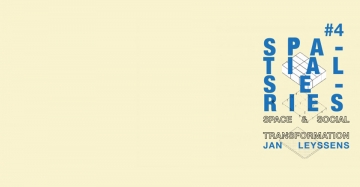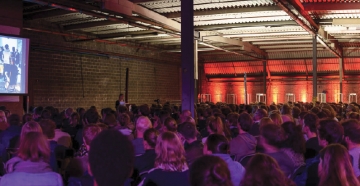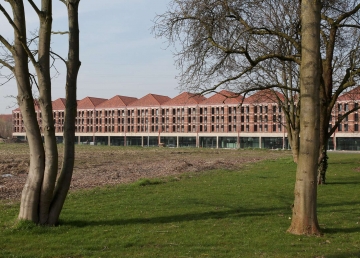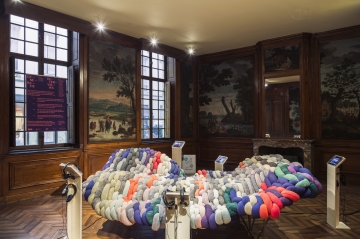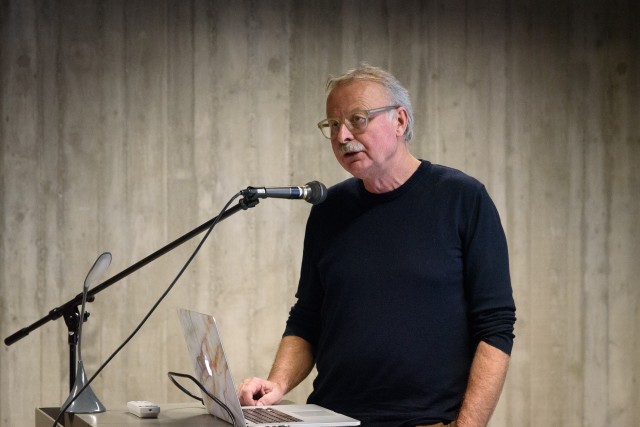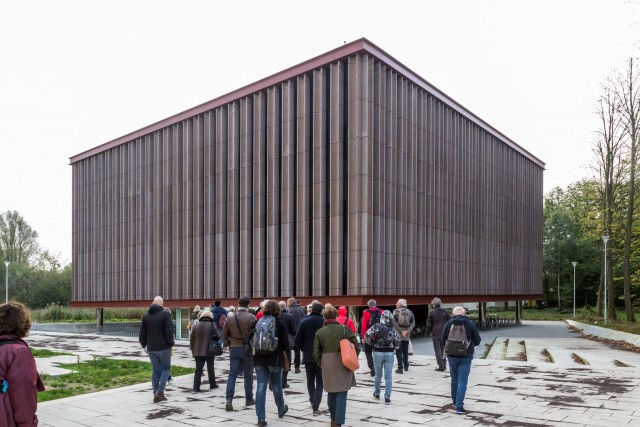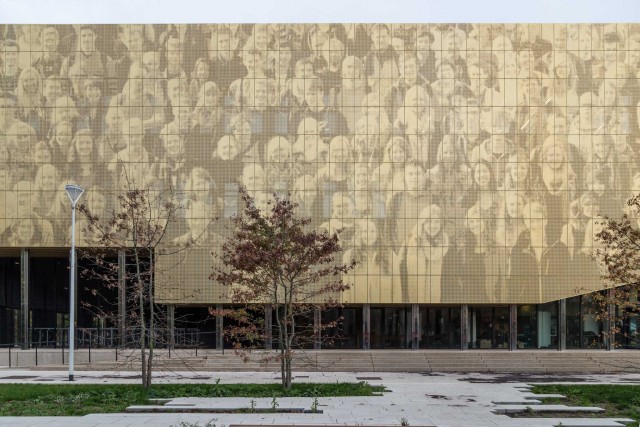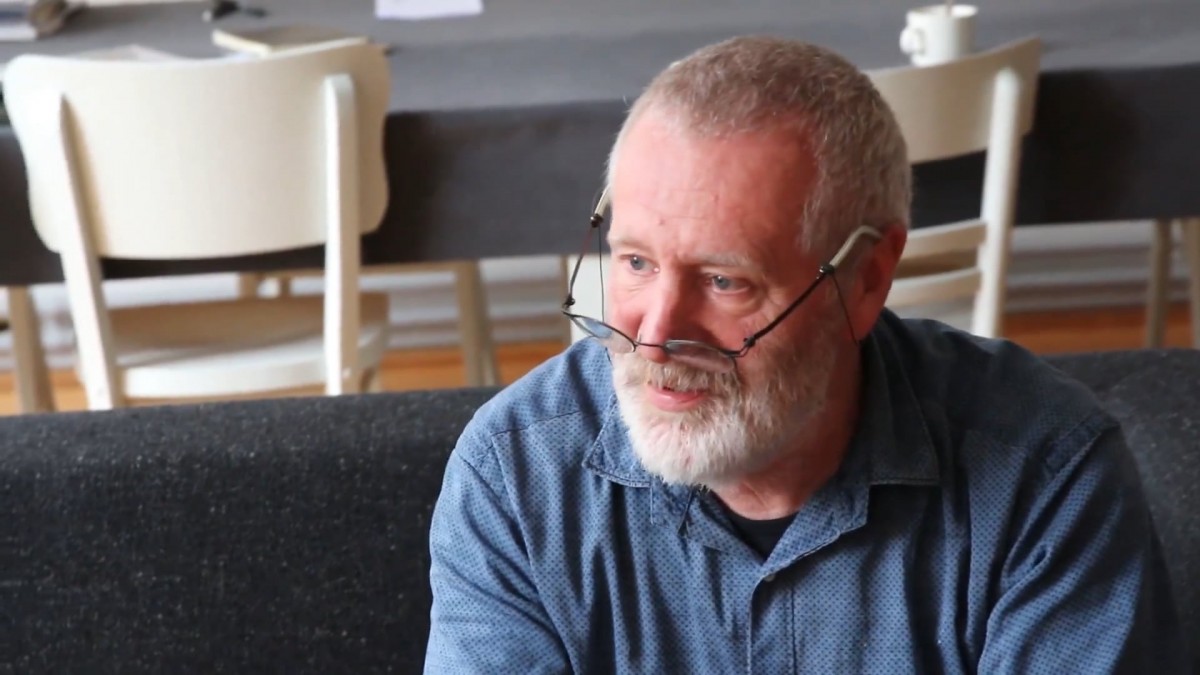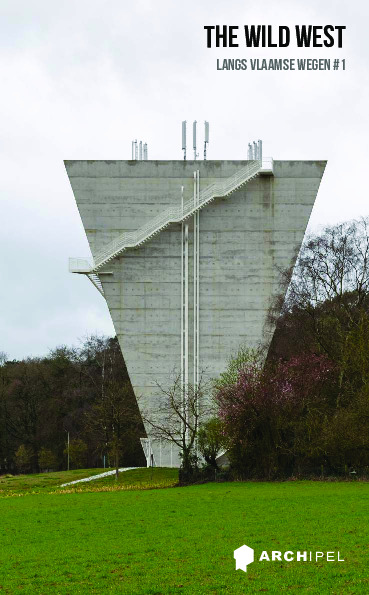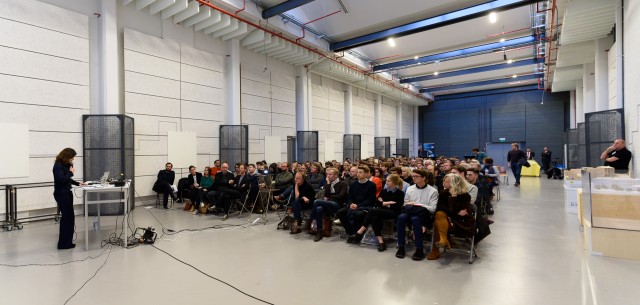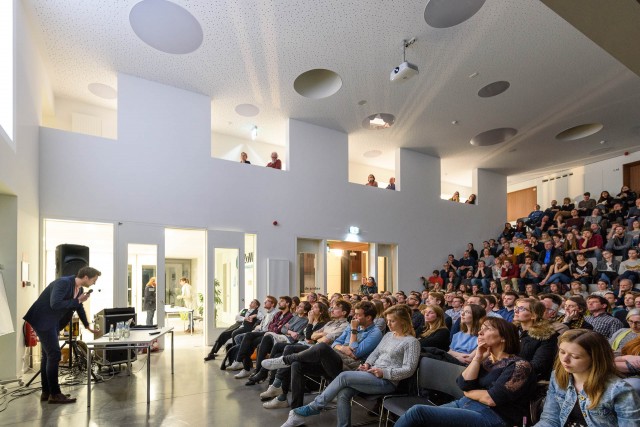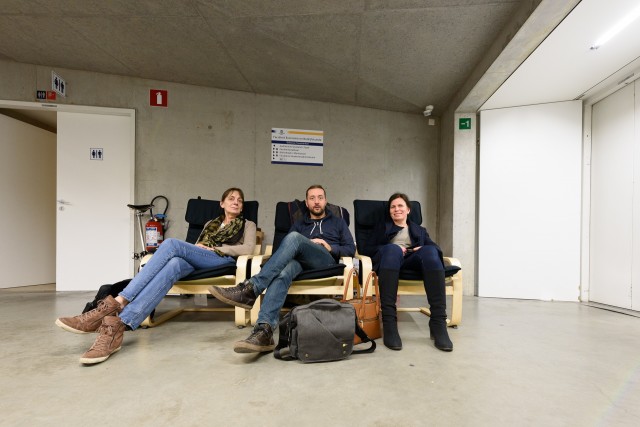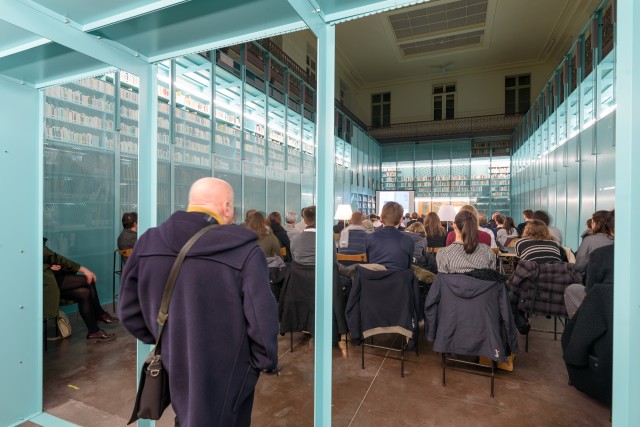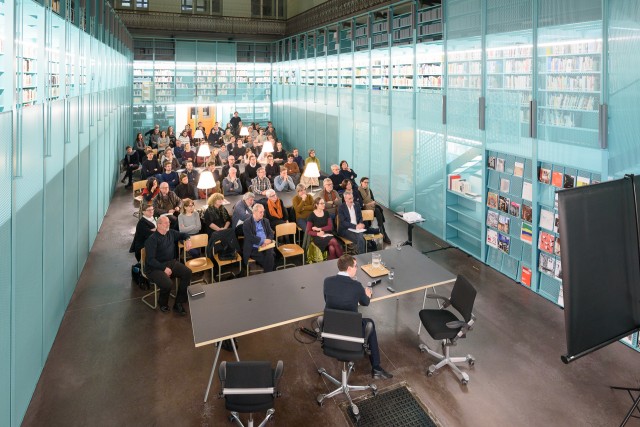2017
Poetry of the Everyday
The poem “Marc Greetings to Things in the Morning” is almost literal poetry of everyday life. Marc, probably a little boy, greets the things around him in the morning. There is much more.
It’s not just about little everyday things, it’s about wonder, about an eye for detail, about the value of those little things, valuable enough to greet them. It’s about imagination, separate from the written and unwritten rules of society. everything becomes possible.
It will be a rich, creative and fascinating world precisely by noticing those evidences, which suddenly come to light and are viewed differently, interpreted differently. The little things of life, of everyday life. It is moving.
It suddenly becomes recognizable. Simple. Naive. completely uninhibited. What we took for granted over time is ultimately no longer the most natural thing in the world, but becomes a privilege, a new source, a new way of seeing, a new way of dealing with things.
Can we transfer this to architecture? Can we attribute the same amazement to everydayness? How can this be interpreted? On the one hand, the word is closely related to banality, but on the other it also carries the beauty of daily activities. Isn’t it the job of an architect to give shape to these everyday actions? As crazy architects write: “We realize that as architects we have a significant influence on everyday life. For us, this is primarily the poetry of everyday life. We help shape homes, working environments and public buildings that form the spatial framework for different users every day. ” Collectief Noord uses the term daily as one of the four themes under which their website is organized. Daily stands next to footprint, type drum and irony and is described as follows:
“Each building expresses the tension between the abstraction of an architectural ambition and the concreteness of the everyday. buildings with too much architectural ambition are no more interesting than buildings with too little. inspiration is not tied to craftsmanship. everything that has ever been built can be inspiring in its literalness (or even banality). The inspiration from everyday life puts the specialists’ discourse about their artifacts into perspective.
The building that refers to the daily, escapes the label: architecture for architects. The fascination for the everyday brings authenticity and authenticity to buildings and clarity and sincerity in the debate about it. ” For Paul Robbrecht, too, there is a dynamic and a legitimate quest for the new, the different and the unexpected in everyday life.
In recent years, architecture in Flanders has gained a lot of appreciation beyond the national borders: aRCH + is dedicating a magazine entitled ‘Normcore’ to the everydayness of architecture in Flanders, the exhibition Maatwerk Massarbeit in Frankfurt highlights the customization, precision and craftsmanship in Flemish and Dutch architecture of the past 30 years, the lecture series in Cologne The art of everyday life – architecture from Flanders and Brussels zoomed in on the Flemish architecture culture, to name just a few, a + U regularly brings Flemish architecture. .
Why is it? What makes architecture popular in Flanders? Is it due to the limited construction budgets that required creativity with materials and construction solutions? Is it due to the slow emergence of awareness made possible by, among others, the master builder? complex sites and complicated regulations that have trained architects to find simple solutions within these levels of difficulty? the fact that the architect in Flanders does not feel the need to shout with his architecture, but rather opts for authenticity than originality?
Leo van Broeck refers in this context to focusing on quality instead of form. “Using the right means with common sense to generate social added value instead of wanting to be ‘original’ or innovative”. He refers to a quote by Jim Jarmusch: “Nothing is original” (see p. 50), with a further reference to Jean-Luc godard in that same quote: “it’s not where you take things from – it’s where you take them to . ”
Aren’t the following words from bOb van Reeth incredibly relevant? “Everydayness: I suspect that the search is for the silent answer to the existence of the assignment, its necessity, the raison d’être. Noble simplicity, silent grandeur.”
Christophe van gerrewey takes it even further by stating that geert Bekaert’s ideal is to realize that there is only one sensible existential project and that is architecture: 2 “as the old dream of reconciliation between high and low culture between theory and practice, between unconsciousness and insight, between sublime and everydayness, can become reality somewhere, then that is in the domain of architecture. ”
Already in 1947, Henri Lefevre wrote in Critique de la vie quotidienne about the everyday, about rediscovering or creating the grandeur of everyday life. Rediscovered in the 1990s, theories about architecture and urban development arose










